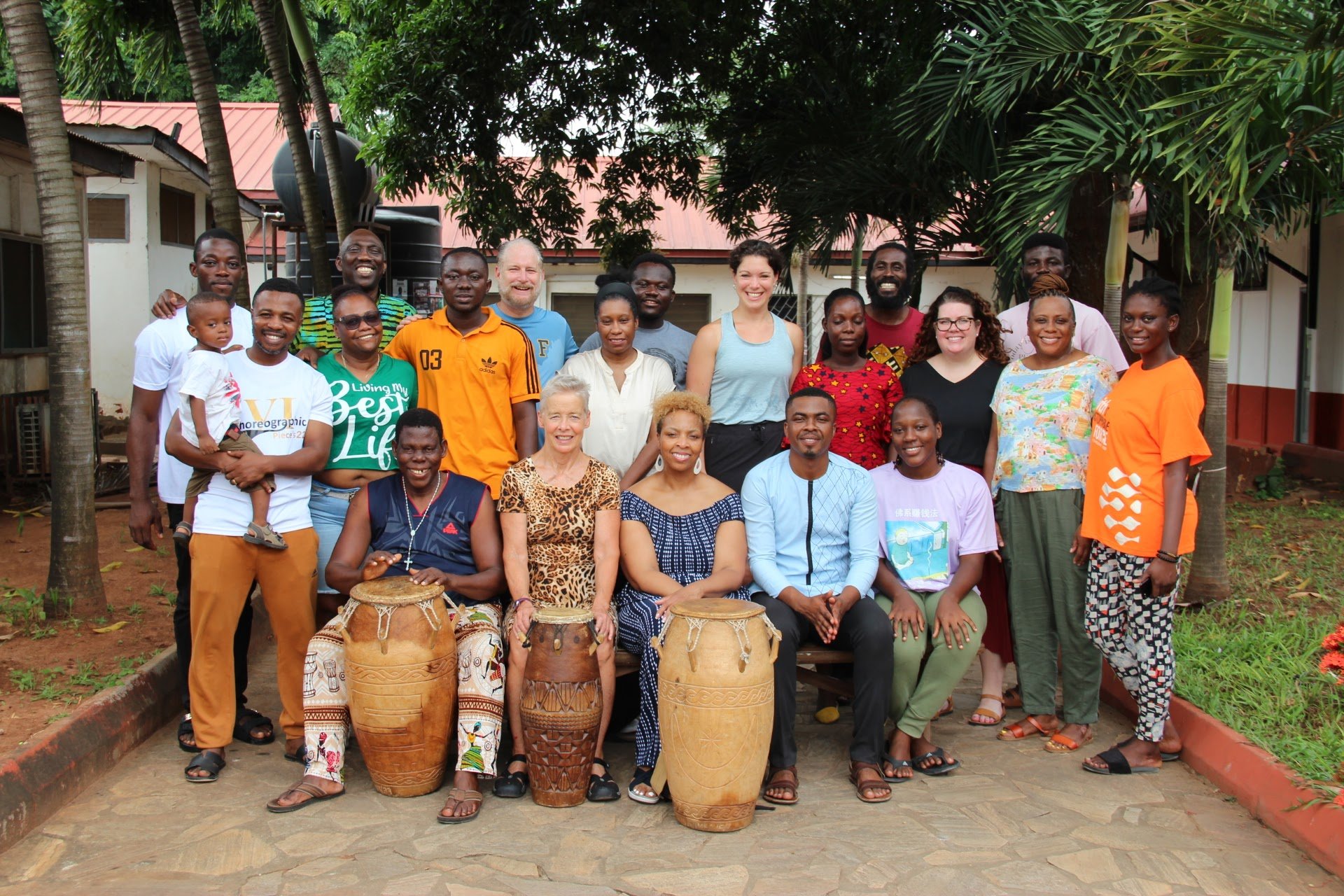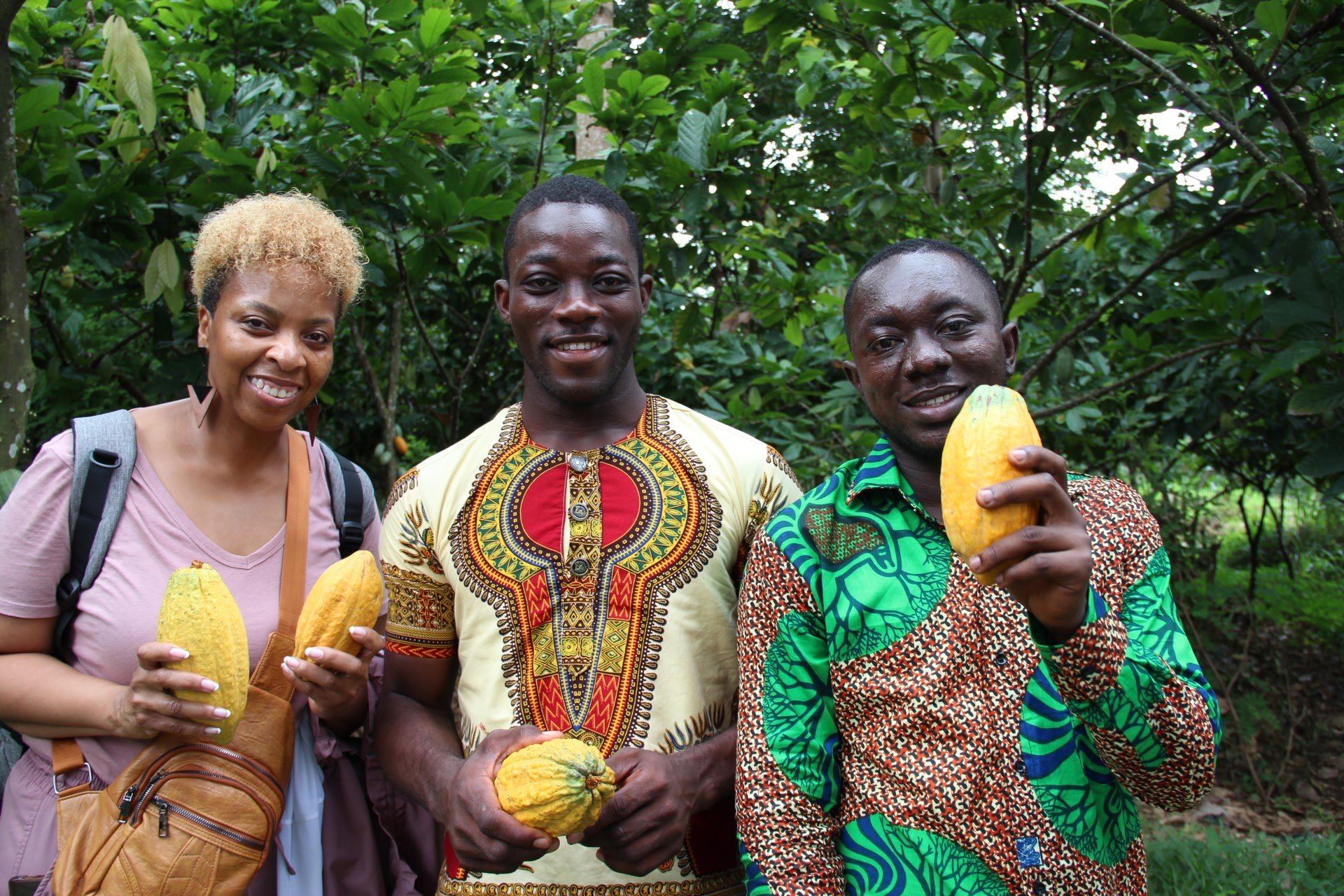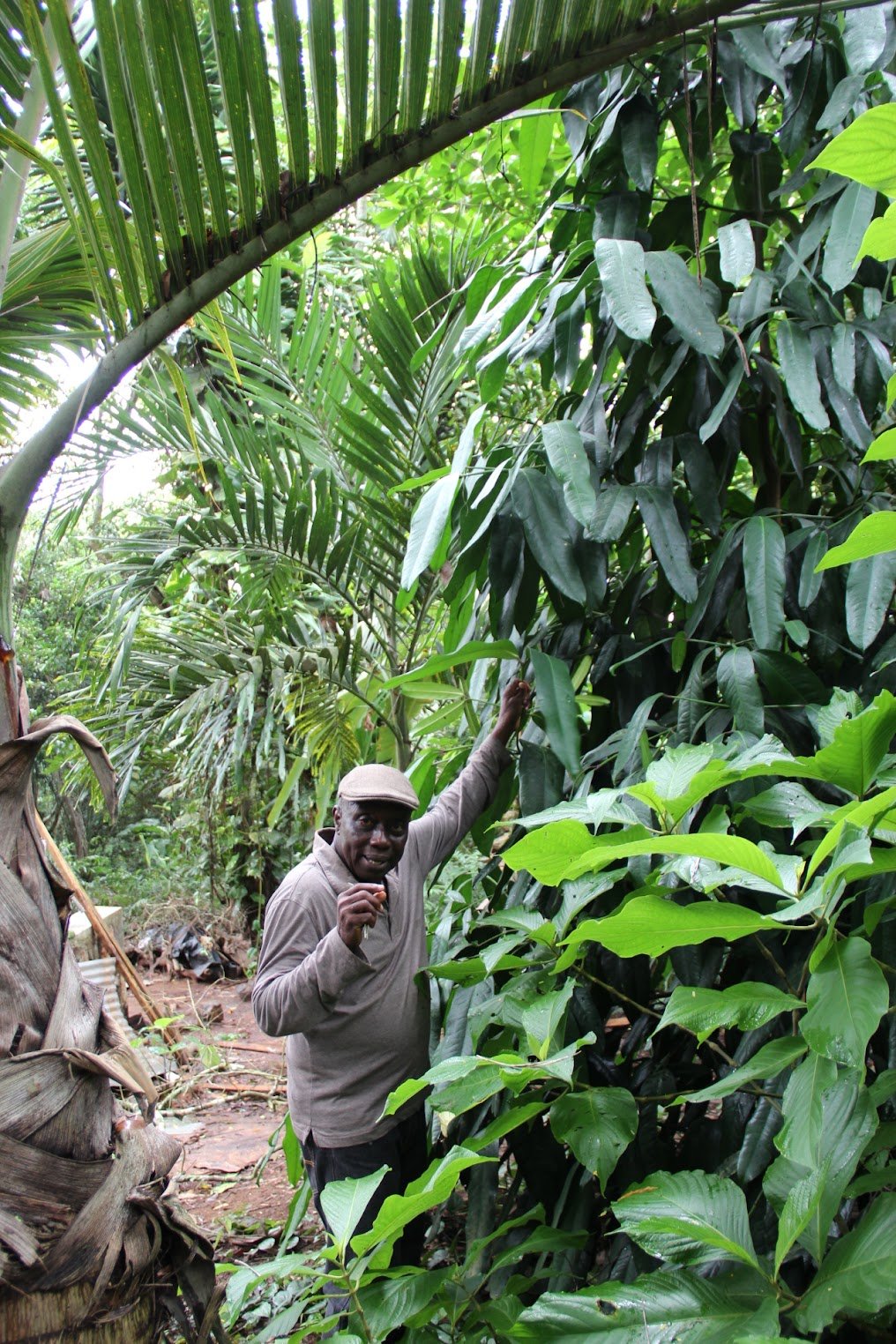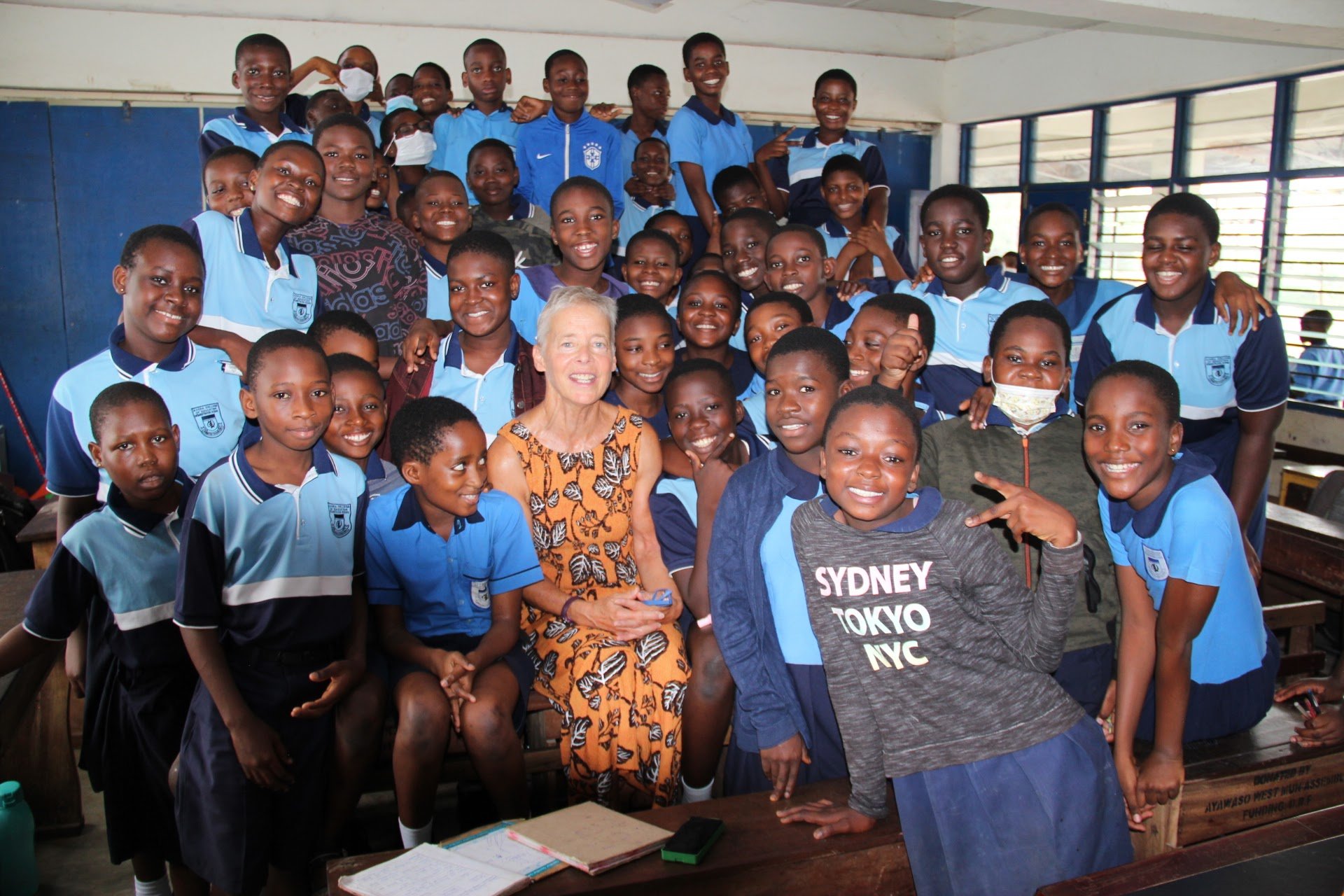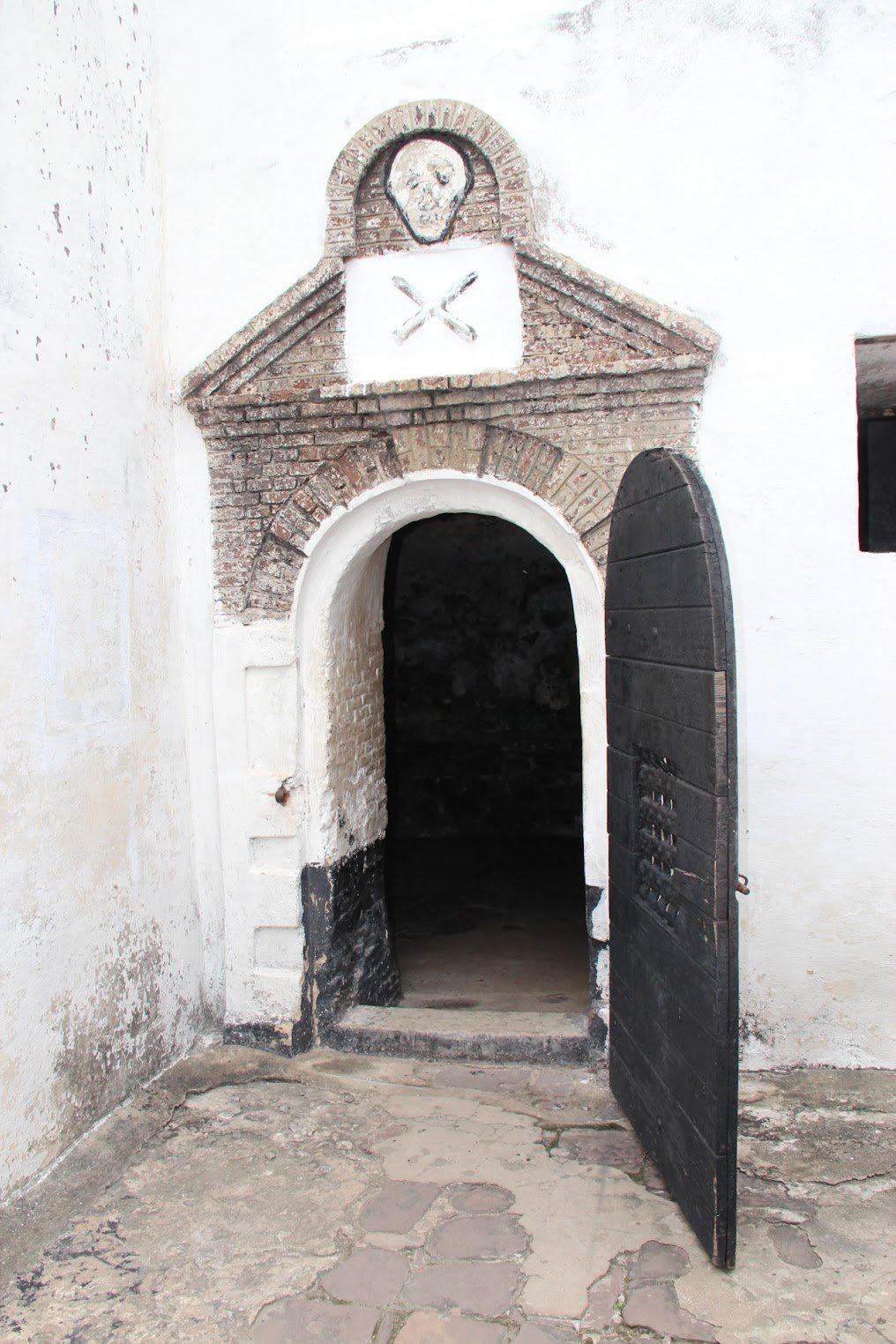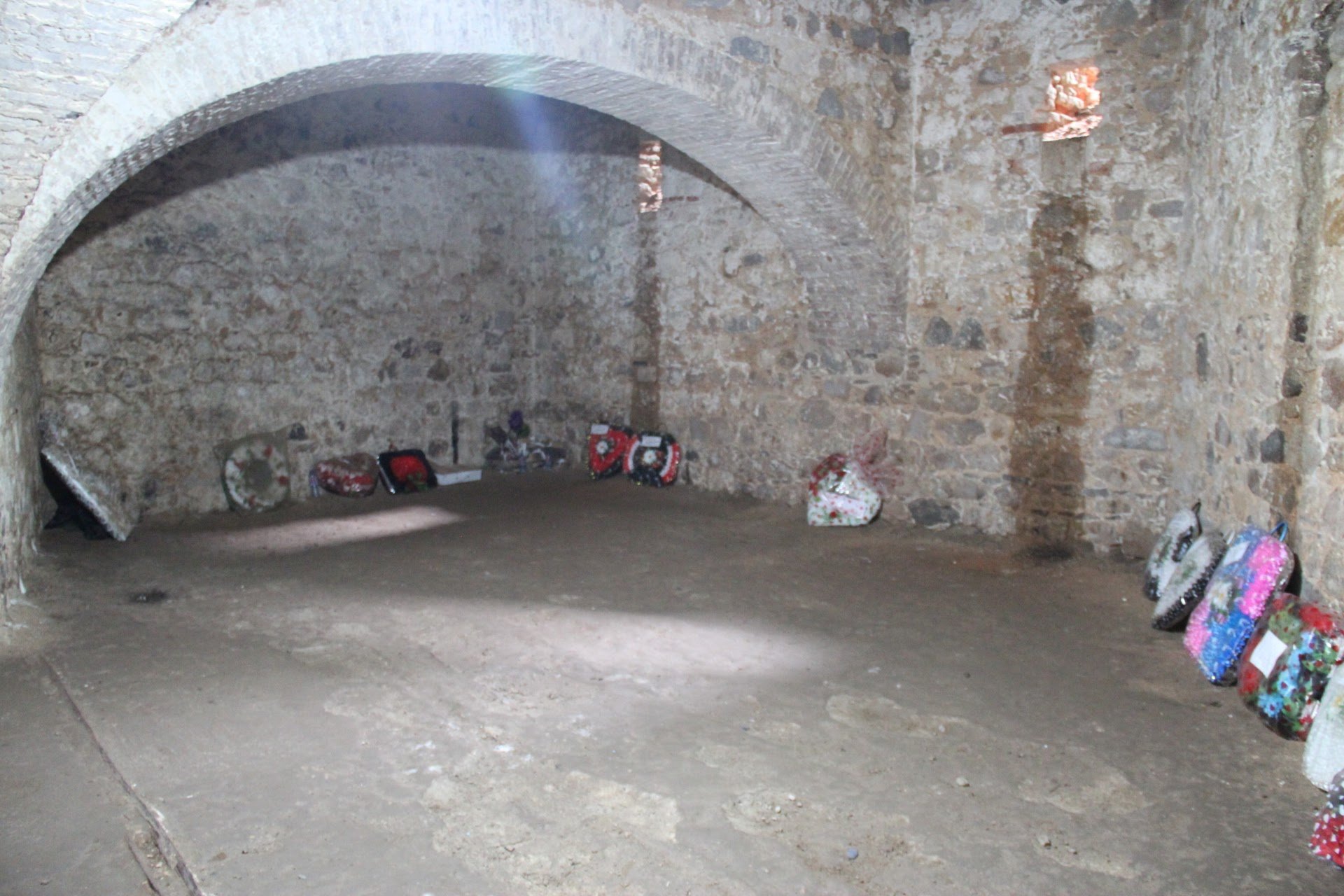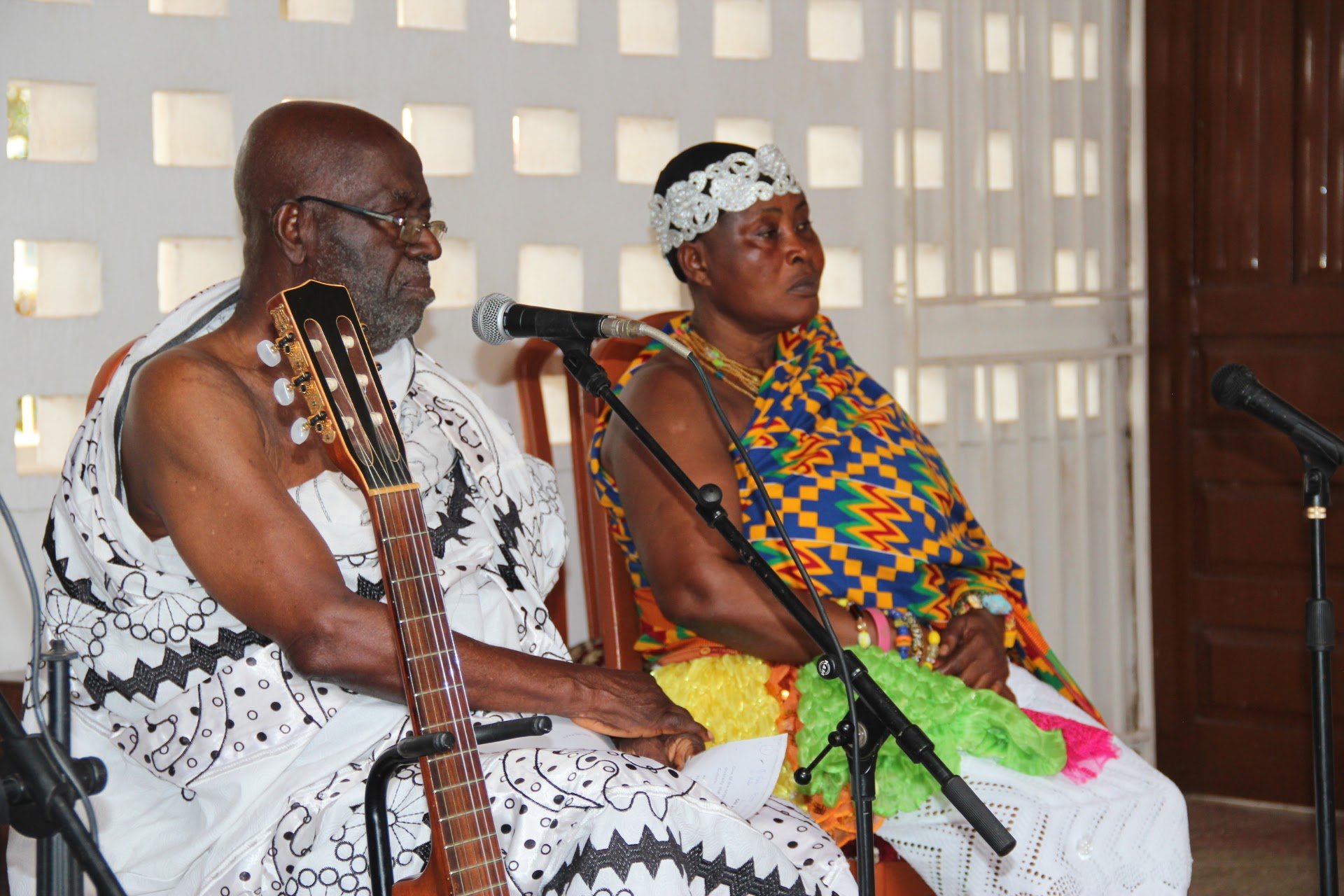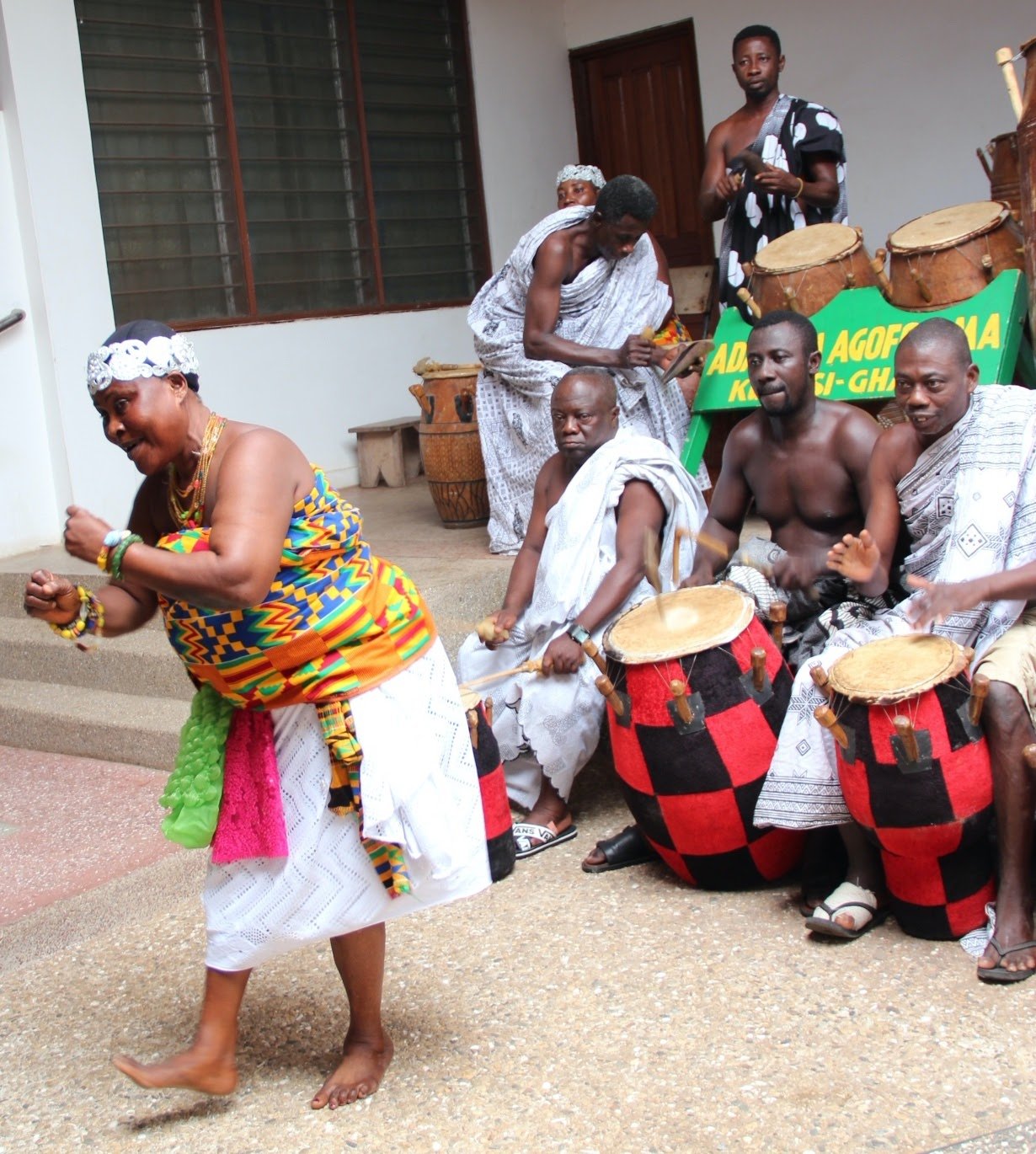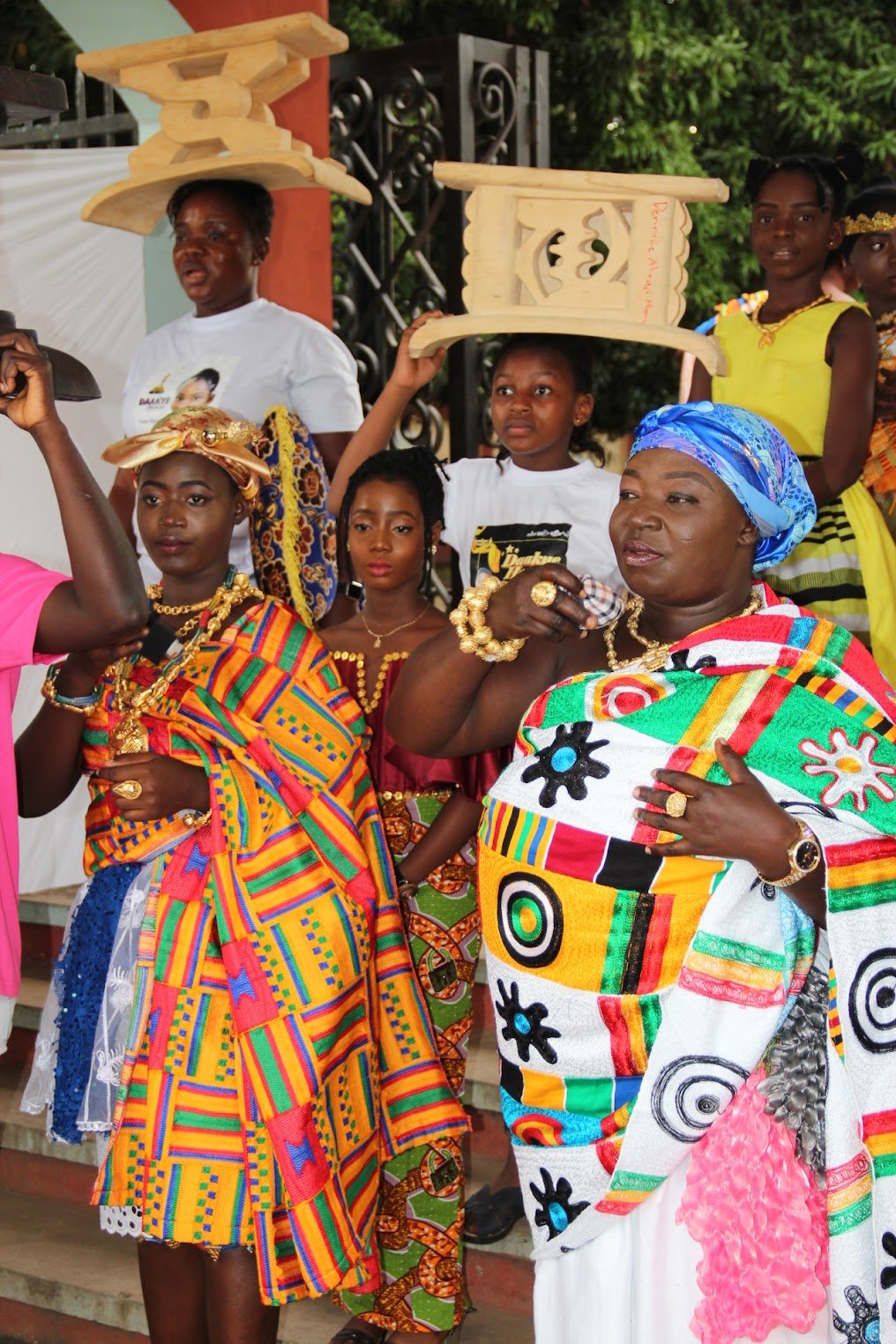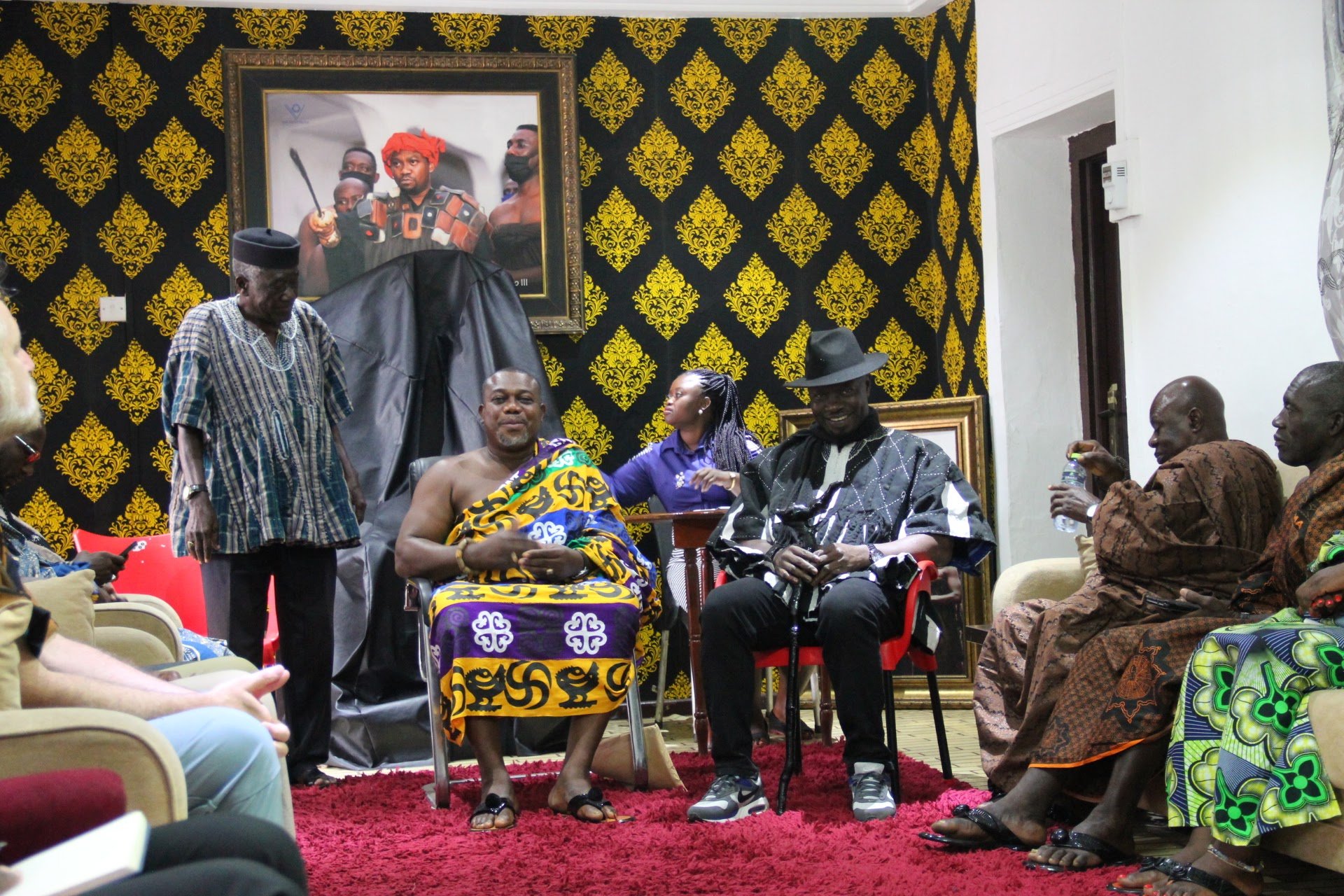Akwaaba from Ghana, Summer 2023
I have taught math at Glen Urquhart School since 2011. I love teaching math, especially making connections to real-life experiences. I work to connect the math curriculum to social justice, but sometimes in class I announce: 'we’re not doing math today, we’re going to learn about how the Transatlantic Slave Trade is connected to racism and white privilege.’ Last year I moved to fifth grade where I now teach math and social studies. We started the year studying the colonial period of the Americas, so it was easy to connect the curriculum to the brutal history of slavery and the removal of the Indigenous people. Yet, knowing that 1619 and the arrival of “twenty and odd Negros” marked the beginning of the enslavement of African people in Colonial America begged the question - what was life in Africa before the forced journey to the Americas? I wanted to know more about the culture and history of the people who were enslaved in the Americas. Kismet would lead to my colleague Chris Doyle recommending a two-week program to Ghana with the Witness Tree Institute of Ghana. And the generosity of the Tadler Grant made this trip possible.
It is challenging to write a brief summary of the two-week trip. Each day was packed with cultural, historical, and pedagogical activities. Our group was 15 strong: 8 North Americans and 7 Ghanaians. Our first day included a naming ceremony. The Akan people of Ghana, among others, give their children a day name, based on the day of the week they were born. My day name is Abena. As we traveled, we would meet people who had the same day name and this forged an immediate connection. We learned about education through the lens of a visually impaired educator named Gertrude Fefoame who is the first African woman to chair the UN disability body. We visited the University of Ghana’s Institute of African Studies and learned how identity is expressed through dance - and then we danced. We used Adinkra symbols and proverbs to connect with other educators on universal values and truths. We visited the Cocoa Research Institute of Ghana and learned about the history of cocoa and its critical role in the economy of Ghana. We visited Ananse Kwae, a forest developed to preserve valuable medicinal plants of Ghana. We each taught a class in a public school - I had 49 beautiful students.
We then traveled to Elmina and Cape Coast castles, two of the many forts that were used to hold Africans in horrific dungeons for weeks at a time before being transported across the Atlantic in even more inhumane conditions to the Americas and the Caribbean where their stolen labor was the basis of chattel slavery, generating immense wealth for Europeans from their colonies including the 13 colonies that would become the United States. We then visited the Assin Manso Slave River Site (also known as Donkor Nsuo) where captured Africans had their last bath before being marched down to Elmina and Cape Coast. These experiences were profoundly moving. At both the castles and Donkor Nsuo were pictures or monuments to people from the diaspora, like Harriet Tubman, Frederick Douglass, W.E.B. Dubois, Malcolm X, as well as Crystal and Carson who were enslaved people from Jamaica and New York whose remains were returned and interred at Donkor Nsuo.
We had an audience with Agya Koo Nimo, an internationally renowned musician and former professor of music. Agya Koo Nimo and his group, Adadam Agofomma, taught us traditional royal dances. We soon got a chance to witness a public performance of these communicative dances when we stumbled upon a gathering of the local chiefs and their entourages. We visited the W.E.B Dubois Museum and the Kwame Nkrumbah Museum learning about these titans' efforts in anti-colonial politics and the development of the Pan-African international movement. We also met with the court of Oseadeeyo Kwasi Akuffo III, Omanhene (Paramount chief or King) of Akwapim.
Throughout this program there was music: singing Ghanaian traditional and highlife songs on the long bus trips accompanied by percussion, singing and dancing to the ubiquitous Bob Marley who is popular throughout Ghana, as well as karaoke on our second night. I was amazed at how quickly the sights and sounds of Ghana, so foreign on arrival, became familiar. I miss it all. I am revitalizing some of my experiences in my classroom, teaching my new students the call for attention Agoo! and its response Amee! (you have my attention).
My students will continue to learn about my trip throughout the year. They will learn that many of the Africans who were enslaved came from the area now known as Ghana, and we will learn about other African countries as well. Additionally, I will be teaching a lesson on the adinkra symbols that represent cultural values throughout West Africa. Students will come to recognize the adinkra symbols on the 8-foot tapestry hanging in our classroom. I hope my experience not only teaches them about African history and culture, but also deepens their understanding of our own country’s history and traditions.
About the Witness Tree Institute of Ghana
The Witness Tree Institute of Ghana was created to engage educators in multidisciplinary learning experiences through travel and exposure to Ghanaian culture, history, and education.
Experiential education is essential in a world where distance, isolation, media, and individual experiences often affect the way we interpret the world and teach. Through firsthand learning and interactions, the institute provides an authentic experience for individuals to develop skills, perspectives, and thinking habits to enrich their institutions and communities.

